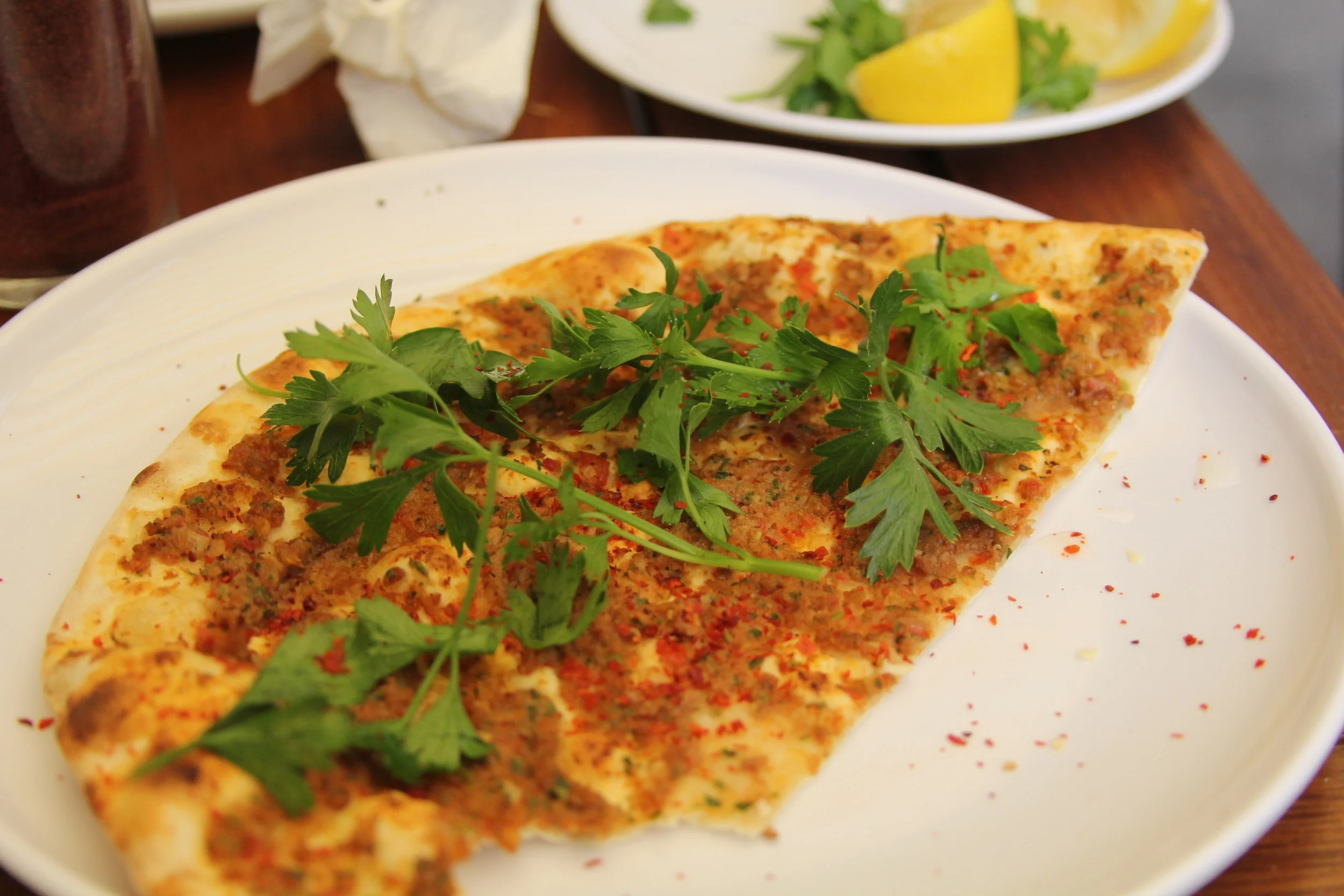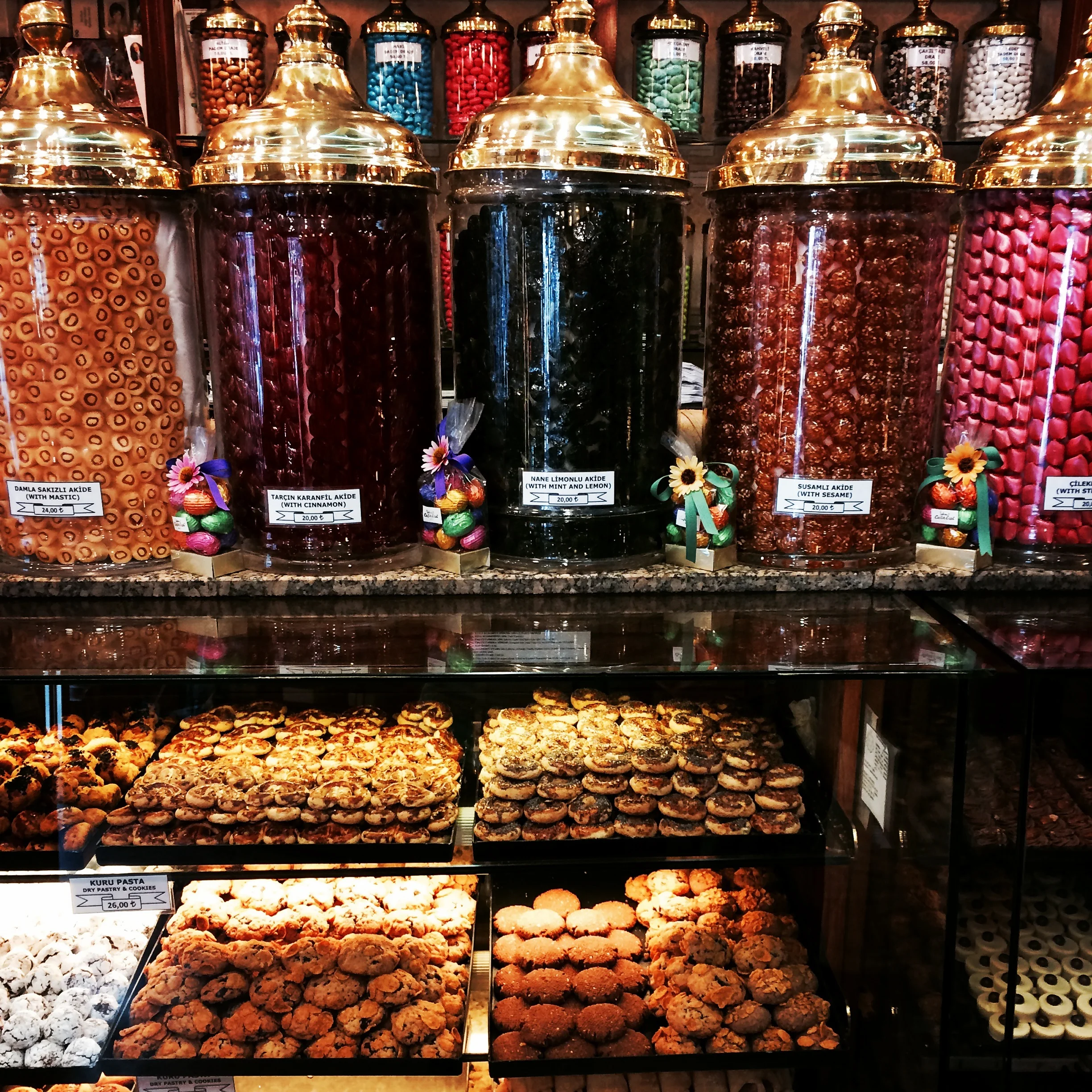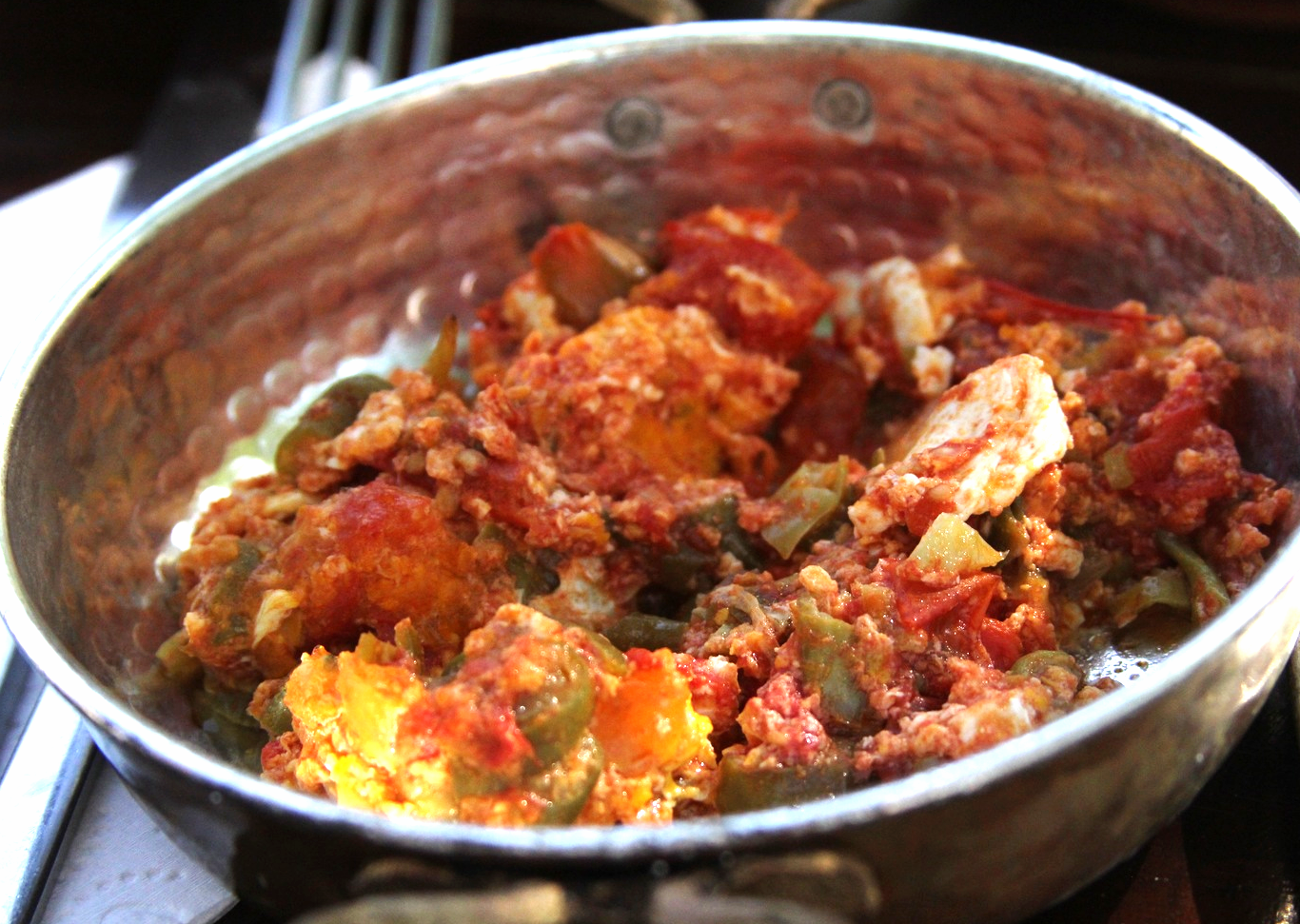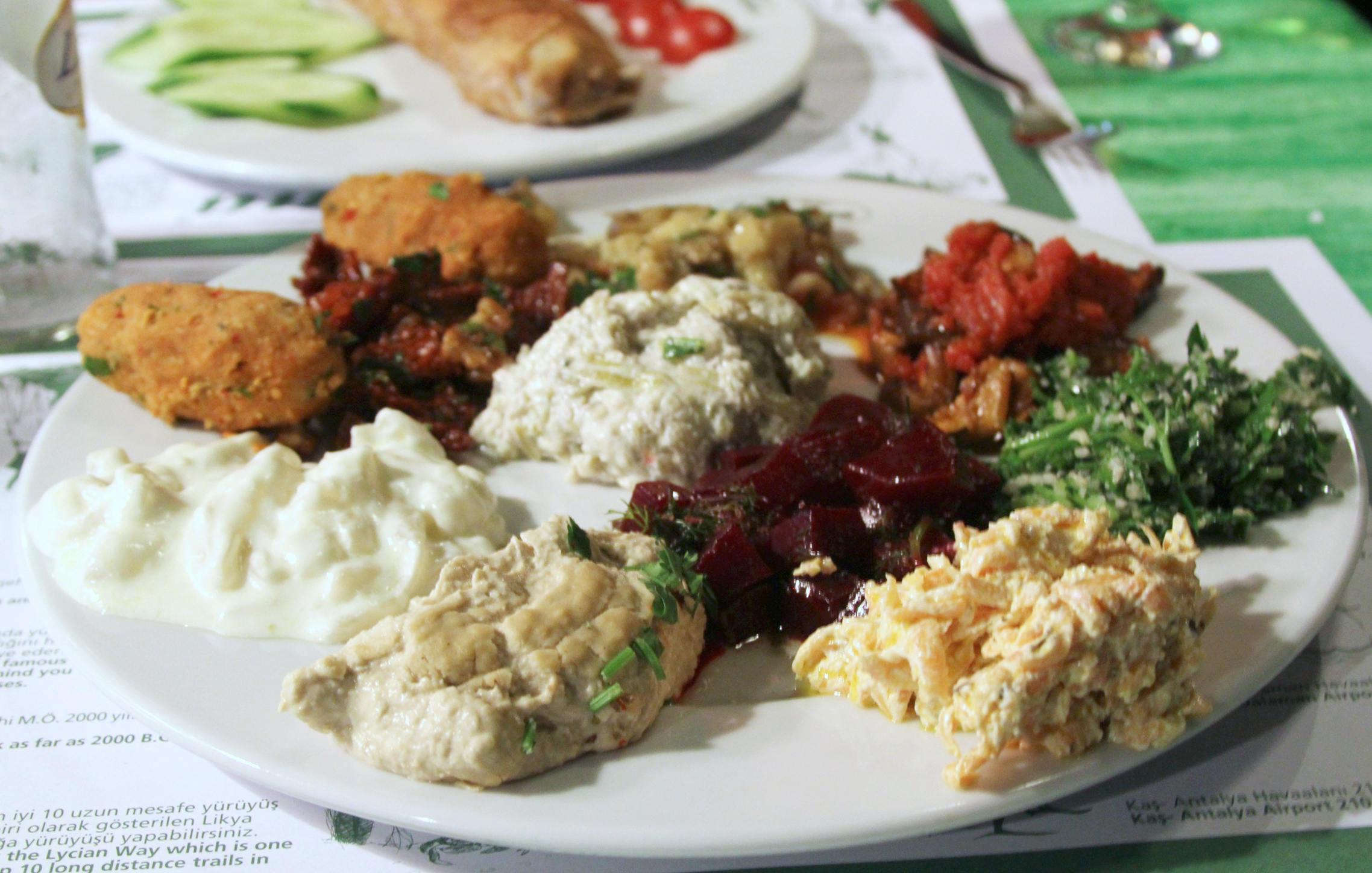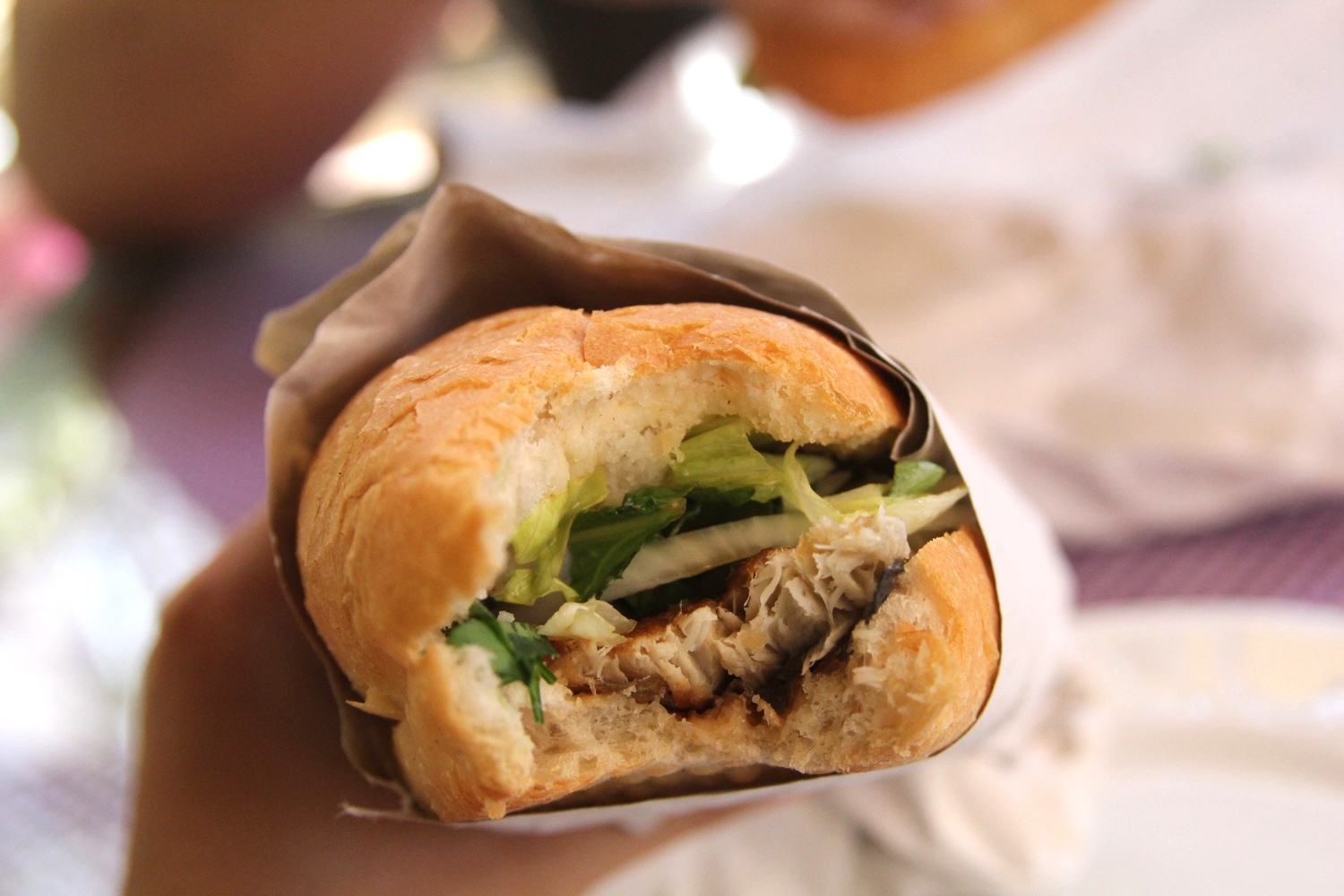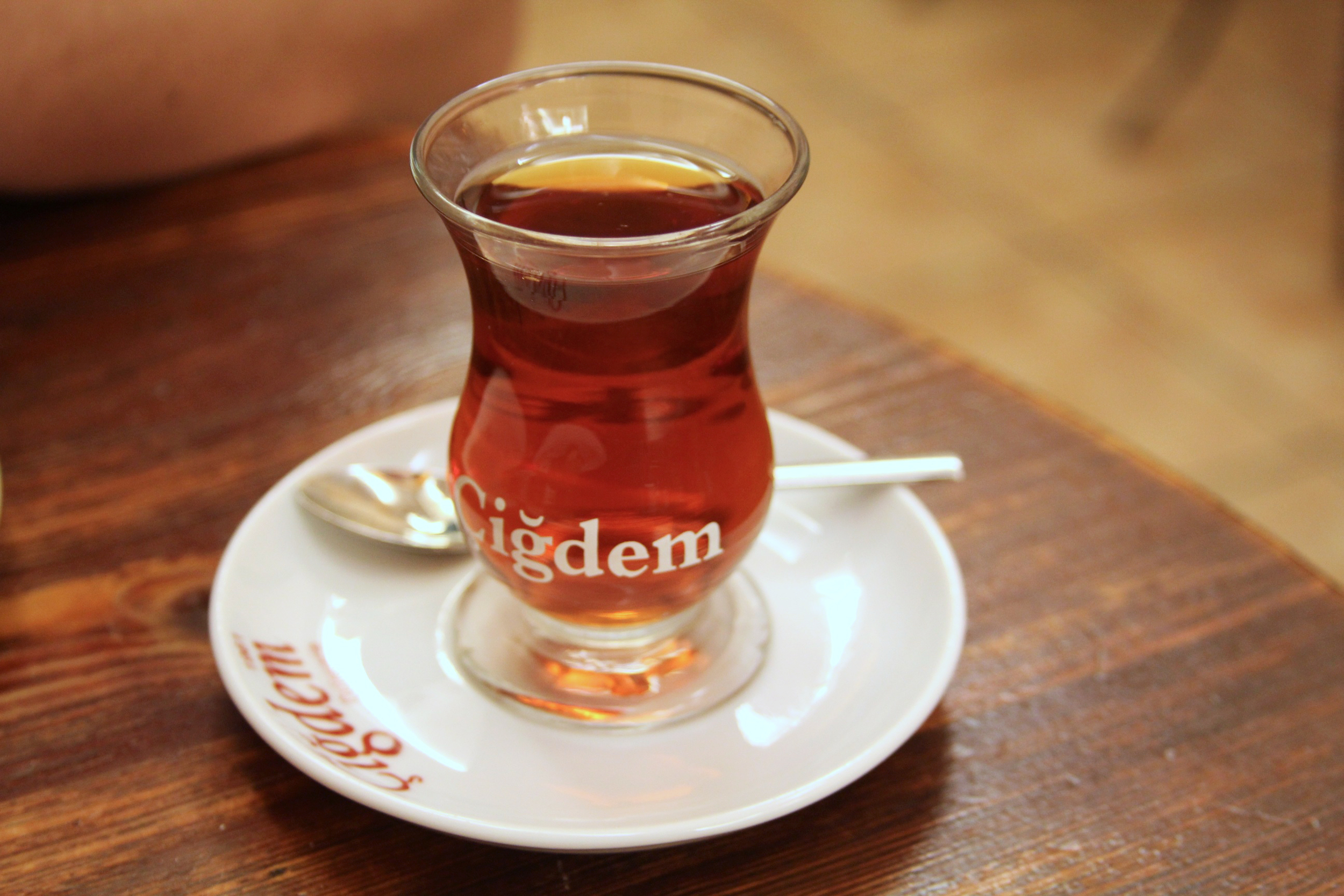This is part 2 of a 5-part series about my recent trip to Turkey. (Brush up on the food of Turkey here.)
Istanbul, it turns out, is the perfect place to begin an exploration of Turkey. The massive city (population: over 13 million) is the only major metropolis to straddle two continents, Europe and Asia. It's a mashup of mosques and UNESCO World Heritage sites as well as frenzied commerce and bustling nightlife, proving that traditional and modern don't have to be mutually exclusive. How, I'm still asking myself, does it manage to be both ancient and avant-garde? Western yet also Eastern? I don't have a clue, but somehow it all just works.
OLD TOWN
Look at a map of Istanbul, and you'll see that the city has three distinct geographical parts: the old city, the new part of town, and what's known as Asian Istanbul. We stayed in the old area of town, near most of the city's historic sites, like the Hagia Sophia, Topkapı Palace, the Blue Mosque, and the Basilica Cistern, so it was the first area we ventured out to explore.
The Hagia Sophia: what was built as The Great Church of Constantinople in 537, then later converted into an mosque by the Ottomans in 1453. It became a museum in 1935.
The Basilica Cistern, a underground water reservoir that dates back to the sixth century and is made out of recycled Roman columns.
While full of historical significance, all of the aforementioned destinations reminded me of why I hated going to popular visitor's sites. They were filled with tourists who didn't think twice about cutting lines or shoving their way past the crowd to get a better view of something. I preferred meandering past Istanbul University in the area near the Grand Bazaar (above) observing people on their way to work, and stopping into local bakeries, shops, and bodegas to check out what was on offer. The old district was very conservative: people didn't seem welcome to photographs, and many women wore headscarves and even burkas. (One woman I encountered wore an Afghan burka, which not only covered her face but also her eyes.)
People picking up breakfast sandwiches on the way to work in the Fatih district. (This shot was taken just seconds before the crotchety cart owner snarled at me for taking a picture of him.)
Bread is considered holy in these parts; if you can't finish your piece, you put it on the wall — hence all these pieces of half-eaten bread lying around.
The world-famous Grand Bazaar was disappointing — a maze-like shopping mall filled only with tourists getting suckered into not-so-great deals. The same applied to the Spice Bazaar, which was filled with stale-looking herbs and spices and pretty much just more tourists. But it was still easy on the eyes.
In the neighborhood of Sultanahmet, solid, well-priced food is hard to come by, but we found a few spots that we returned to over and over again. One of them was a meatball shop that we must've visited at least four times. Another was a bakery off the tramway that made excellent simit, a sesame seed-topped circular bread that's dipped in molasses before it's baked for a hint of sweetness. Think of a skinnier, crustier, slightly sweeter bagel. Both fueled us for long days spent admiring Byzantine frescoes and traversing cobblestone streets in the old city.
NEW TOWN
We didn't spend as much time in Istanbul's new town, which lies just past the inlet of water known as the Golden Horn. Although there are plenty of ways to get there, we walked across the Galata Bridge, which was a beautiful way to see the area before we'd even set foot on it. Isn't that view of Galata Tower awesome?
We turned around and had an equally gorgeous vantage point of the old part of town, with its stately mosques.
The waters were choppy, but that didn't stop seagulls from swooping down for fish (or amateur fishermen from trying to catch some dinner).
After that, we waited in a crazy queue to get up to Galata Tower. The 365-degree amazing views almost made it worth the 45-minute wait ... although if I were to do it again, I'd take my 45 minutes back, skip the line, and head up to the café for some coffee (and a no-wait view) instead.
Andy's one insistence was that we go to Shake Shack while we were in Istanbul. I wasn't going to deny him that. Even in the land of In-N-Out, I crave Shake Shack; it's so much better. (Go figure why there are not one but FIVE Shake Shacks in Istanbul, and zero in the state of California. Life's not fair!) We headed to the New District's Tünel neighborhood to fill up on ShackBurgers. Danny Meyer is a genius: Everything, from the ShackBurger down to the service and the decor, was exactly the same as what you find in New York. They did have fun specials unique to each location, though, like a "Tünel Concrete" — a blizzard-like dessert of frozen chocolate custard blended with fresh pistachio, marshmallow sauce, and cookie pieces.
We walked off our dinner by window-shopping up and down the district's most famous street, Istikal Avenue, an Istanbullian's version of Times Square. Normally I hate this sort of thing, but our first night out in Turkey, and I was entranced by everything. The smell of greasy döner rotating on a hot spit. The feeling of being run past by someone in the crowd. The sound of the street trolley inching by; the sign of glowing boomerangs being thrown into the air.
When the clock struck 10:08, mosques all over the city broadcast the last call to prayer of the evening, a deep, melodic musical phrase that was sung with such soul and emotion that it gave me chills. I looked around me, at the teenage girls in platform heels and crop tops, too busy joking with one another to pay attention, and drank in the foreignness of it all. It was intoxicating.
ASIAN ISTANBUL
I wouldn't have loved Istanbul nearly as much if it weren't for my trek to the Asian side. And with our limited days in Istanbul, I almost didn't go in favor of a cruise along the Bosphorus instead. But I'd downloaded food and travel writer Katie Parla's exceptional Istanbul app, and a bunch of her favorite food spots turned out to be in Göztepe or Kadiköy, in Asian Istanbul. So we took a quick, 20-minute ferry to Kadiköy to check out her recommendations.
Our first stop was Halil Lahmacun, an institution known for serving some of the best lahmacun in the city. The usta ("master") tending the brick oven was kind enough to let me hang around and take pictures. With the amount of labor that goes into making these thin flatbreads, it's hard to believe one will only set you back 3 Turkish lira (about $1.40).
The lahmacun came with a plate of parsley and lemon on the side, and diners scatter the parsley across the top of the flatbread, finishing with a generous squeeze of lemon juice on top. We saw two young women at the table next to us sprinkling sumac and dried red pepper all over their lahmacun, and we followed suit. "The sumac is our salt, and the dried chili is our pepper," she explained to us. Then the whole thing gets rolled up like a cigar and eaten. The light yet nourishing meal wound up being one of my favorites from the entire trip.
After lunch, we were off to Şerkeci Cafer Erol for a sweet snack. This long-established confectionery (established in 1807, it's almost as old as the United States!) is known for its kaymakli lokum (Turkish delight filled with clotted buffalo cream), which Parla described as "one of the greatest achievements of human civilization." So you can only imagine how crushed I was to be told they were out for the day. But I did stock up on their akide (hard candy), in flavors that were new to me, like mastic and hazelnut, as well as candied baby eggplants, sugared pumpkin, and hazelnut Turkish delight.
And after that (no rest for the weary!), it was time for some pickles. Down the street, at Özcan Turşuları, there every fresh vegetable you could think of in brine. The item to order here was a glass of turşu suyu, or pickle juice. It was delicious, but nothing like what I'd imagined: a giant beer stein full of pickled green beans, beets, carrots, cabbage, peppers, cucumber, and more, then topped off to the brim with a red-hued pickle juice. I couldn't imagine a better way to spend less than one US dollar.
After lunch, dessert, and pickles, we wandered the market, nothing that ingredients we consider to be rare or fleeting or highly seasonal in the United States, like purslane, sea beans, and cranberries, were abundant and reasonably priced.
There are cats roaming all over the streets of Turkey, but we came upon an especially fat one that I found adorable. I quickly realized why he was so fat when a market vendor tossed him a live fish. He devoured it with chutzpah.
I stocked up on Turkish towels at a nearby housewares store, and picked up some dried apricots and spices nearby. We stopped into the famous Çiya Sofrası, which turned out to be, really, just OK. By then, the market was packed with locals, stopping in to pick up food on their way home from work. It was time to leave. I had never been sadder to go.




















